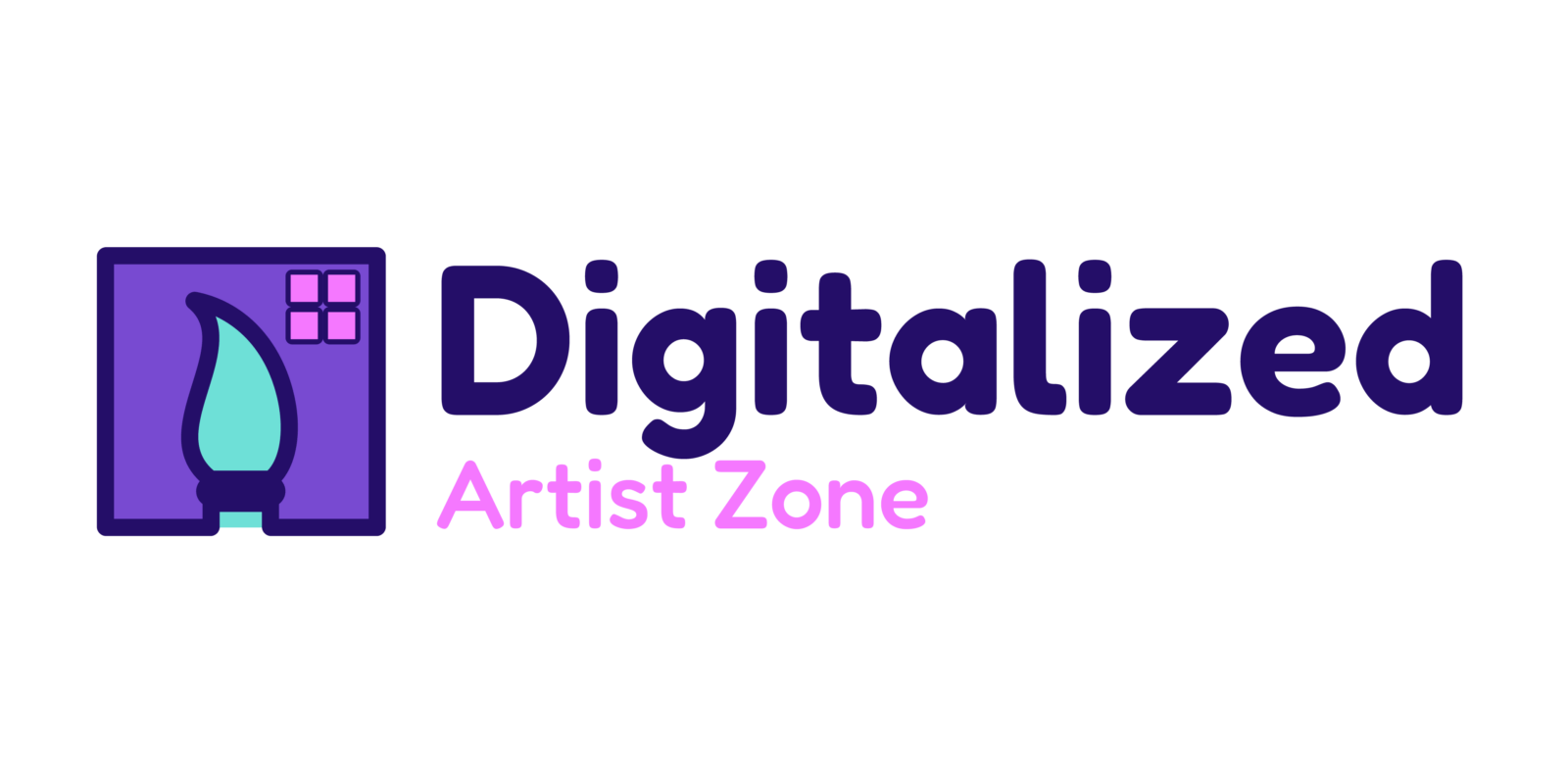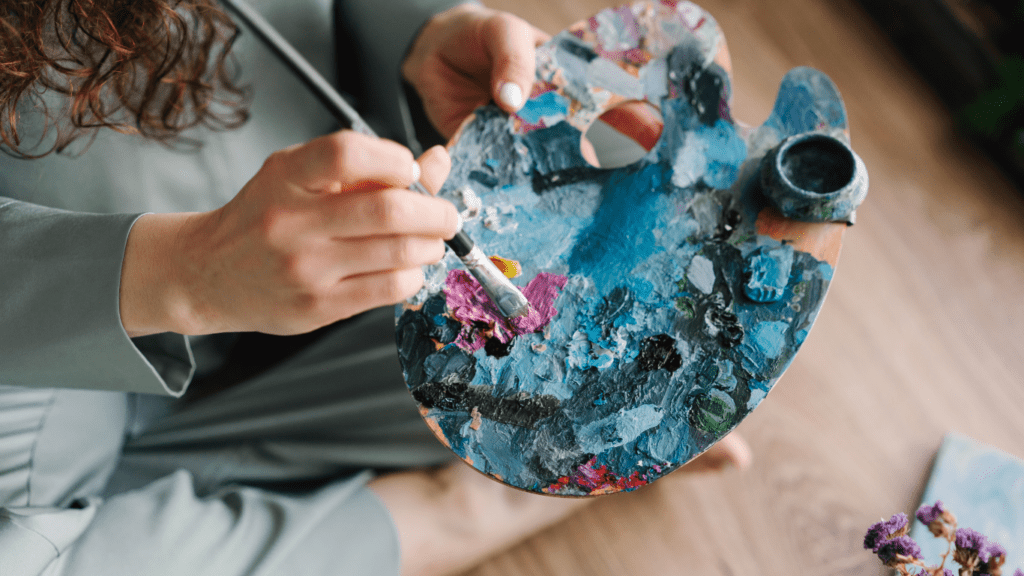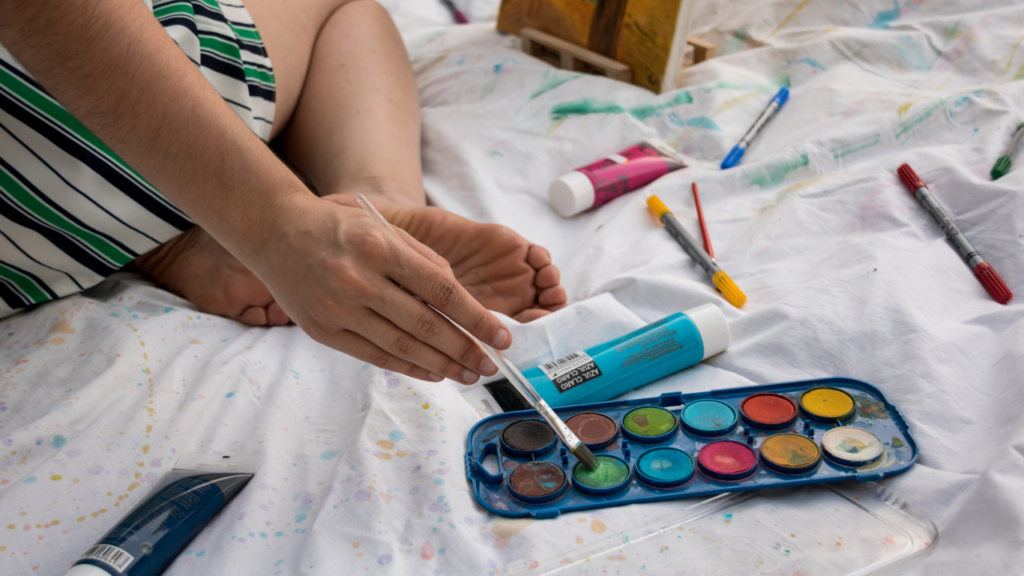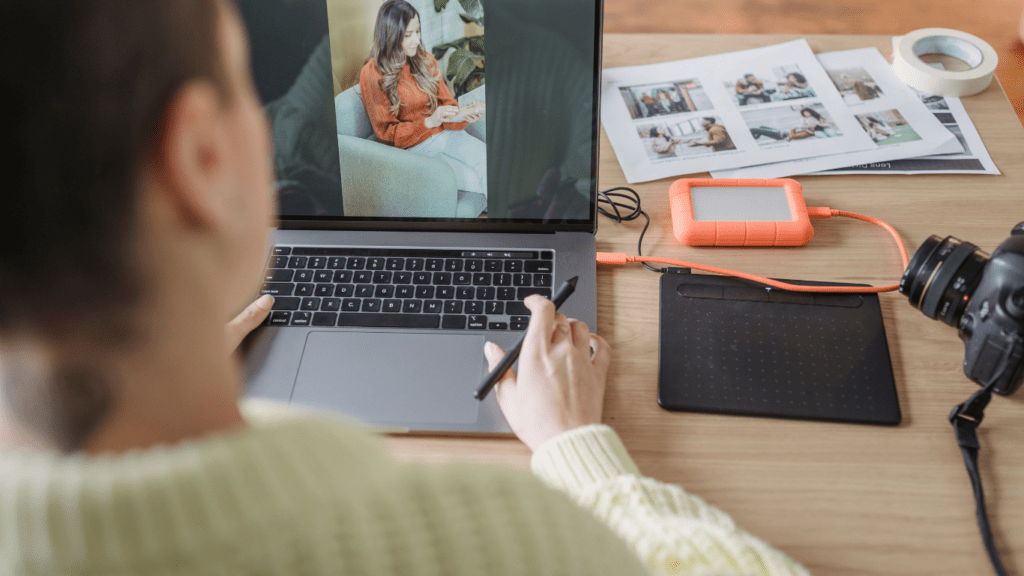As an artist, I’ve always been fascinated by the seamless blend of traditional painting styles into the realm of digital art. The marriage of age-old techniques with modern technology opens up a world of creative possibilities, allowing artists to push the boundaries of their imagination. From the rich textures of oil paintings to the intricate brushwork of watercolors, the transition to digital mediums offers a new canvas for artistic expression.
Exploring how traditional painting styles can be integrated into digital art not only pays homage to the roots of artistry but also challenges artists to adapt and innovate in a rapidly evolving creative landscape. By harnessing the power of digital tools while drawing inspiration from the time-honored techniques of the past, artists can create captivating pieces that resonate with both tradition and modernity. Join me as we delve into the exciting fusion of traditional and digital art forms.
Exploring Traditional Painting Styles
Incorporating traditional painting styles into digital art is a captivating journey into the depths of artistic fusion. It’s about blending centuries-old techniques with cutting-edge digital tools to create a harmonious marriage of tradition and innovation. Traditional painting styles carry a rich history and a unique aesthetic that can add depth and character to modern digital artworks.
Embracing traditional painting styles in digital art enables me to delve into the intricate details of various techniques such as Impressionism, Renaissance, or Japanese Sumi-e. Each style brings its own charm and storytelling elements, allowing me to infuse my digital creations with a sense of timelessness and artistry.
By exploring traditional painting styles, I can draw inspiration from the masters of the past and incorporate their wisdom into my digital art pieces. Whether it’s the bold brushstrokes of Expressionism or the delicate color gradients of Watercolor, each style offers a new perspective and a fresh approach to artistic expression.
Incorporating these traditional painting styles into my digital art not only pays homage to the roots of artistic expression but also pushes the boundaries of creativity in the digital realm. It’s a fusion of old and new, a symphony of colors, textures, and emotions that elevates the art form to new heights.
Benefits of Incorporating Traditional Painting Styles into Digital Art
I find that blending traditional painting styles with digital art presents a multitude of advantages that enrich the creative process and elevate the final artwork.
Retaining Cultural Heritage
Preserving traditional painting styles in digital art allows me to honor the cultural heritage and artistic legacy of past generations. By integrating techniques from renowned art movements like Impressionism, Renaissance, or Japanese Sumi-e, I ensure that these rich traditions are not lost but rather revitalized in a contemporary context.
Adding Depth and Authenticity
Incorporating traditional painting styles infuses my digital art with a profound sense of depth and authenticity. By drawing inspiration from the masters of bygone eras, I can imbue my creations with a timeless essence that resonates with viewers on a visceral level, transcending the limitations of the digital medium.
Techniques for Incorporating Traditional Painting Styles into Digital Art
When integrating traditional painting styles into digital art, one essential aspect to consider is the selection of the color palette. Traditional paintings often feature distinct color schemes that contribute to their unique aesthetic appeal. By carefully choosing and adapting these color palettes for digital artwork, I can effectively evoke the essence of the traditional style within the digital medium.
Harnessing Brush Techniques
Incorporating traditional painting styles into digital art involves harnessing various brush techniques. By emulating the brushstrokes characteristic of traditional styles such as Impressionism or Sumi-e, I can imbue my digital creations with the same depth and texture found in traditional paintings. Experimenting with brush settings and pressure sensitivity enables me to achieve a nuanced and authentic painterly effect in my digital artwork.
Embracing Composition Principles
Another key aspect of merging traditional painting styles with digital art is embracing fundamental composition principles. Traditional art forms often adhere to principles such as balance, harmony, and focal points to create visually appealing and emotionally resonant pieces. By applying these principles to my digital compositions, I can create cohesive and impactful artworks that retain the essence of traditional styles while leveraging the possibilities of the digital medium.
Success Stories of Artists Blending Traditional and Digital Art
Exploring success stories where artists seamlessly merge traditional painting styles with digital art provides valuable insights into the innovative realm of artistic expression. By witnessing how these artists harmoniously combine age-old techniques with modern digital tools, we can appreciate the transformative power of blending tradition with innovation in the art world.
- Impressionism Meets Digital Precision
I recall the work of a talented artist who skillfully fused the loose, expressive brushstrokes of Impressionism with the precision of digital editing tools. Their creations exude a sense of movement and vibrancy reminiscent of traditional Impressionist masterpieces while leveraging the flexibility and intricacy afforded by digital mediums. This seamless integration of styles resulted in captivating artworks that resonate with viewers on a profound level. - Renaissance Revival in the Digital Age
Another inspiring example I encountered involved an artist who drew inspiration from the grandeur and attention to detail synonymous with the Renaissance era. By incorporating classic composition techniques, such as perspective and chiaroscuro, into their digital pieces, this artist brought a sense of timelessness and sophistication to their creations. The blend of traditional Renaissance aesthetics with digital innovation yielded stunning works that transcended the boundaries of both mediums. - Japanese Sumi-e Reimagined Digitally
In one remarkable instance, I witnessed an artist infuse the minimalist elegance of Japanese Sumi-e ink painting into their digital artwork. By emulating the fluid brushwork and restrained color palette characteristic of Sumi-e, this artist created visually striking pieces that captured the essence of tranquility and simplicity inherent in traditional Japanese art. The adaptation of Sumi-e techniques to the digital canvas resulted in a fusion of cultural heritage and technological advancement, showcasing the boundless possibilities of blending tradition with digital artistry.
By exploring these success stories of artists adeptly blending traditional painting styles with digital art, we gain a deeper appreciation for the rich tapestry of creativity that emerges from the intersection of tradition and innovation. Each artist’s unique approach serves as a testament to the endless possibilities inherent in marrying the time-honored techniques of the past with the limitless potential of digital artistry.





